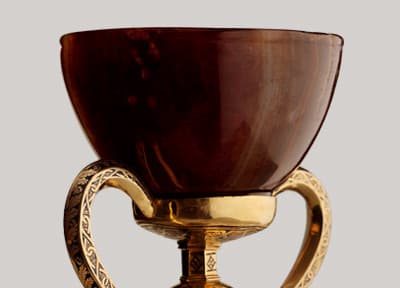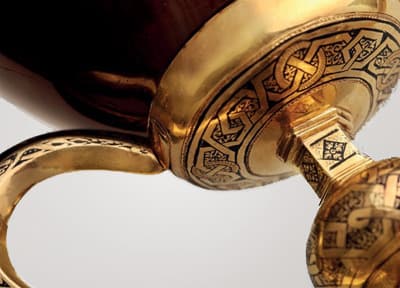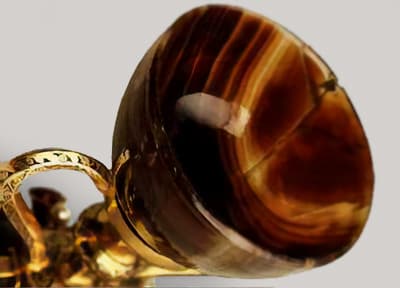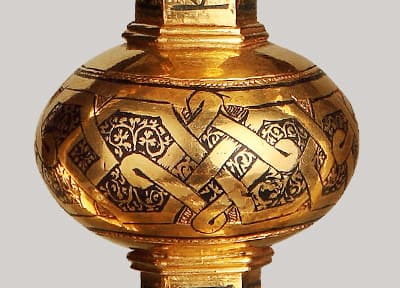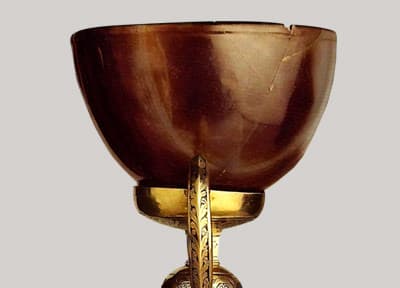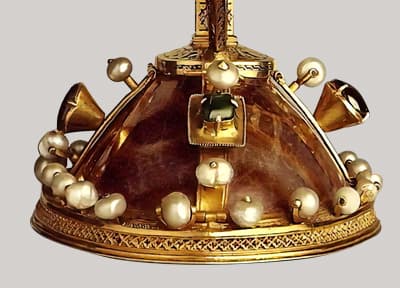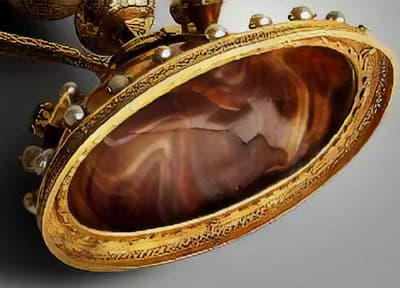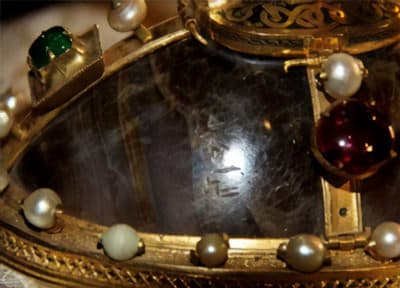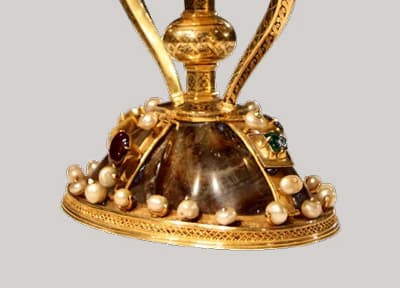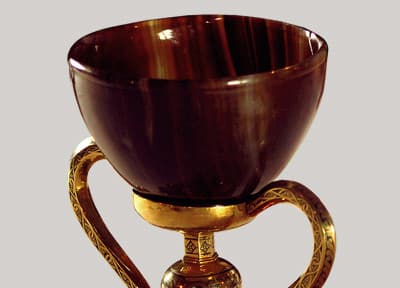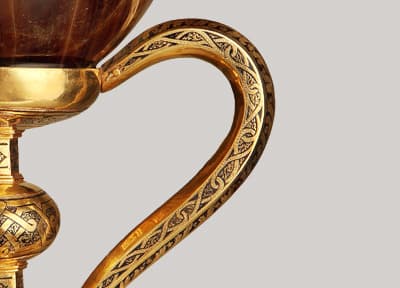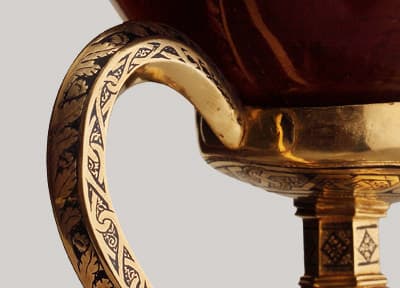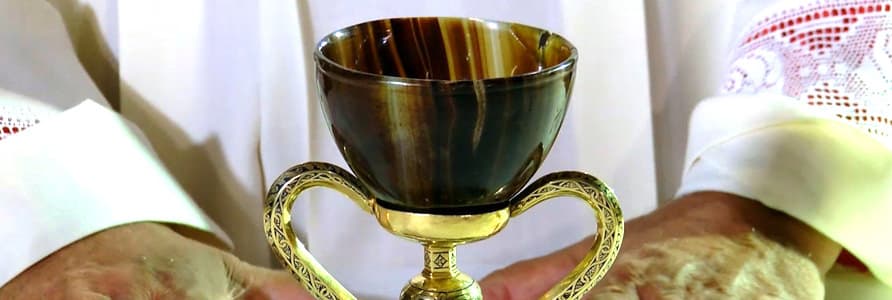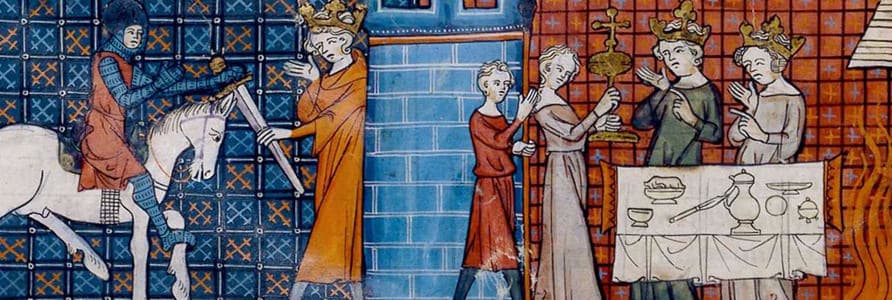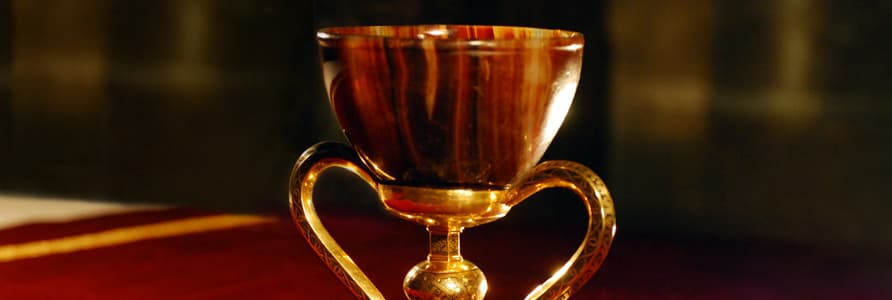About the Holy Chalice
The Holy Chalice of the Last Supper
From the archaeological evidence as well as from the testimony of tradition and the documents in our possession, it is entirely plausible that this beautiful vessel was in the Lord's hands....
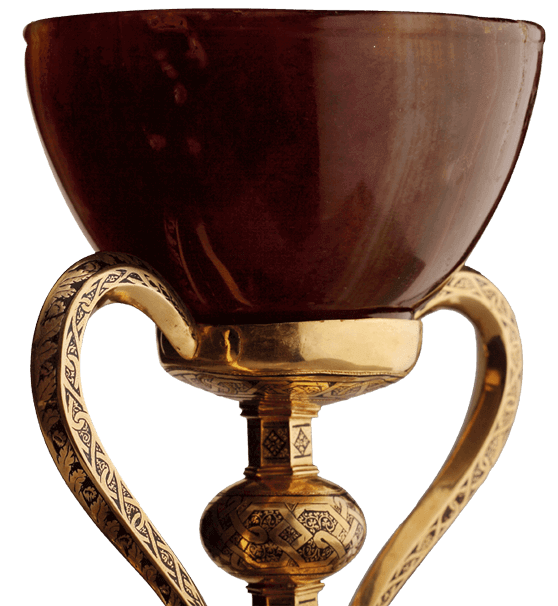
... when, on the eve of his Passion, he took bread in his holy and venerable hands, and, lifting up his eyes to heaven, towards you, God, his Father almighty, giving thanks, he blessed you, broke it, and gave it to his disciples, saying:
“Take and eat of it all of you, for this is my Body, which will be given up for you.”
In the same way, when supper was ended, he took this glorious cup in his holy and venerable hands, gave thanks and blessed you, and gave it to his disciples, saying:
“Take this, all of you, and drink from it, for this is the cup of my Blood, the Blood of the new and everlasting covenant, which will be shed for you and for many for the forgiveness of sins. Do this in remembrance of me.”
Eucharistic Prayer I, Roman Canon.Cf. Matthew 26-29; Mark 14, 22-25, Luke 22, 15-20 and I Corinthians 11, 23-25.
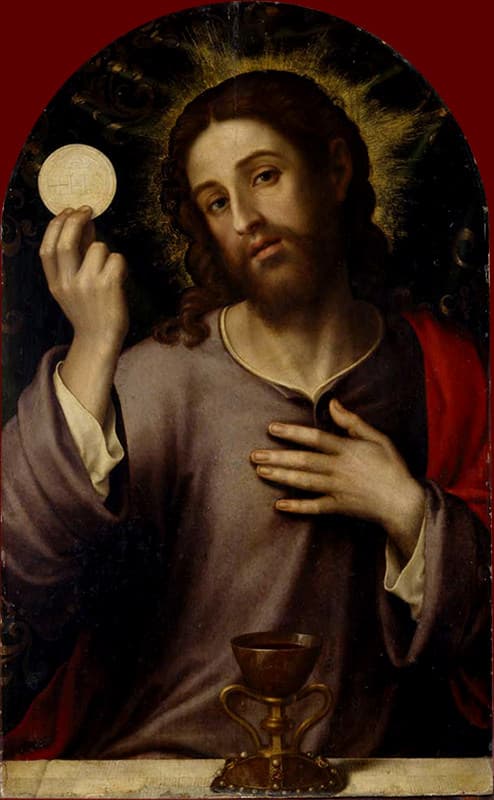

The First Impression
The Holy Chalice of Valencia arouses at the same time the sensations of admiration and scepticism.
The visitor is first of all captivated by the beauty of the Grail, its perfect and strange shape, the gold details and the pearls and precious stones; the observer also comes with his mind full of legends, films and even forewarned by novels and pseudo-scientific literature on “Grail” themes.
But also with scepticism
- How can this medieval-looking chalice be the cup of the Last Supper?
- Why in Valencia?
- Is it not one of many alleged Grails?
- Why is it not as famous as the Shroud of Turin or the Tunic of Treveris?
And so many more questions as we hear every day in the Cathedral...
We should not be fooled by appearances.
Indeed, the relic is the upper part.
AGATE CUP
A finely polished agate cup, showing streaks of warm colours when it refracts the light; it is a precious “Alexandrian cup” that archaeologists consider to be of Oriental origin and to date from 100-50 B.C.E. 1.
HANDLES AND THE BASE AND THE VESSEL
Much later are the handles and the finely engraved gold foot, which encloses an alabaster cup or “naveta”, of Islamic art, different from the cup; all of these, as well as the jewels adorning the base, are from the medieval period.
1. This is the conclusion of the study carried out by Professor D. Antonio Beltrán and published in 1960 (“The Holy Chalice of the Cathedral of Valencia”), which has never been refuted, and which is the basis of the growing respect and knowledge of the Holy Chalice.
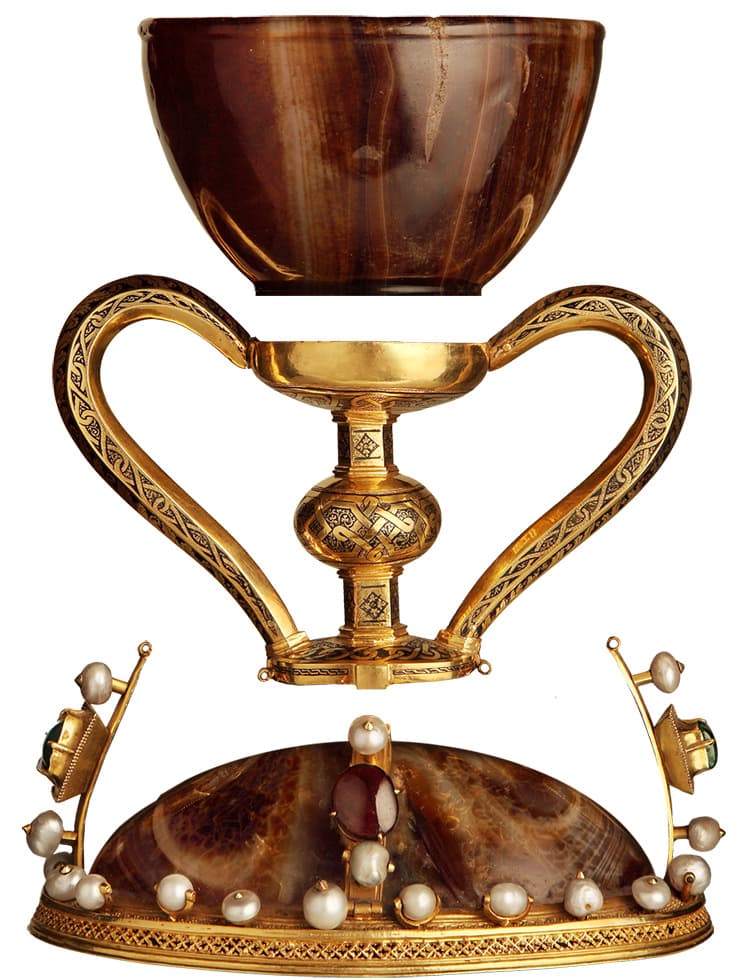
Dimensions of the Chalice
The dimensions are modest: 17 cm. in height, 9 cm. in the width of the cup and 14.5 x 9.7 cm. with an elliptical base.
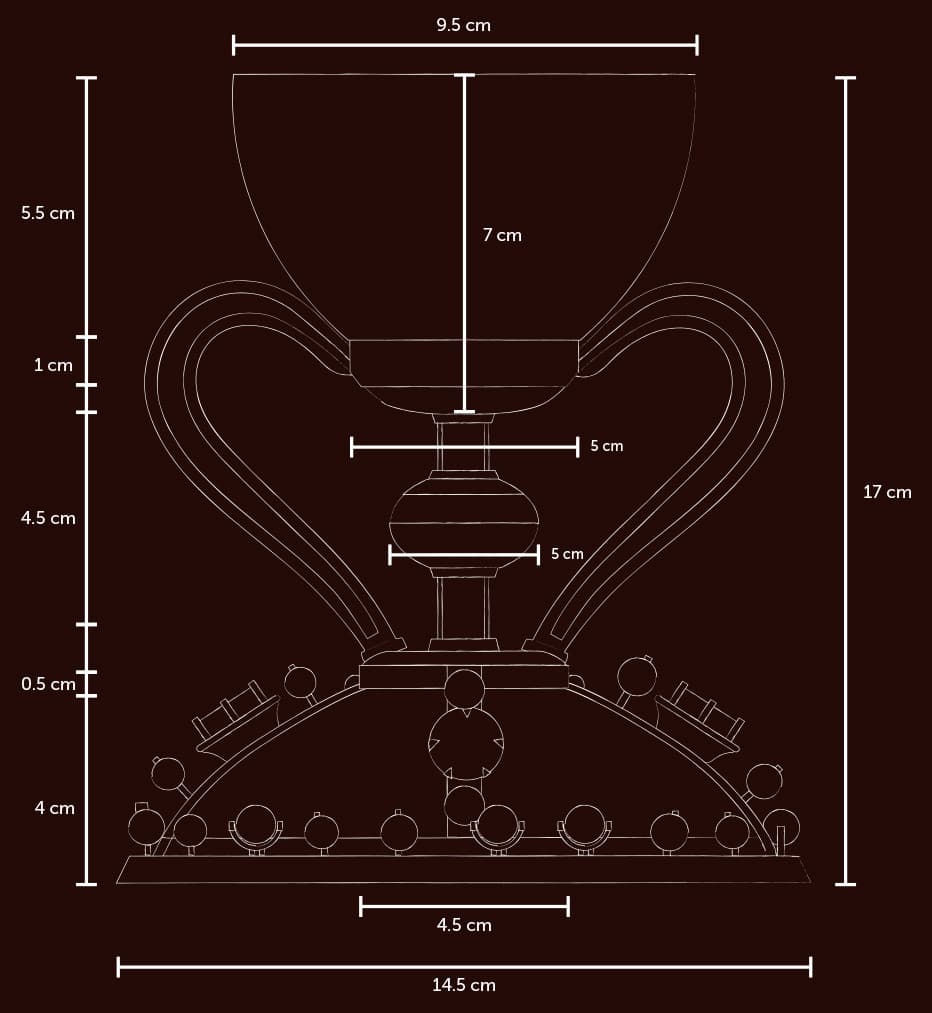
Venice and other places preserve chalices of semi-precious stones of Byzantine origin, and in Spain there are similar examples from the 11th and 12th centuries, but they are liturgical vessels, set in gold and silver and covered with metal on the inside.
However, when composing the Valencia chalice, the goldsmiths emphasised the cup, bare of ornamentation, with large handles to carry it without touching the precious and delicate translucent stone vessel.
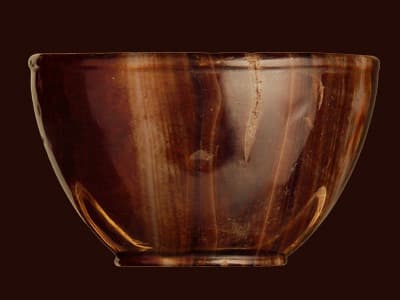
Blessing cup made of agate or carnelian. Between the 2nd and 1st centuries BC. C.
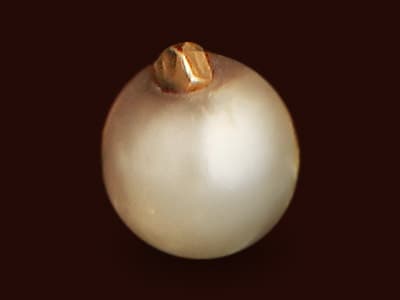
The base contains 28 small pearls, two rubies and two emeralds.

Arabic inscription in kufic characters. Transcribed as li-izahirati or lilzáhira, for one who glitters.

Agate stone. Museum of Natural Science. New York.
